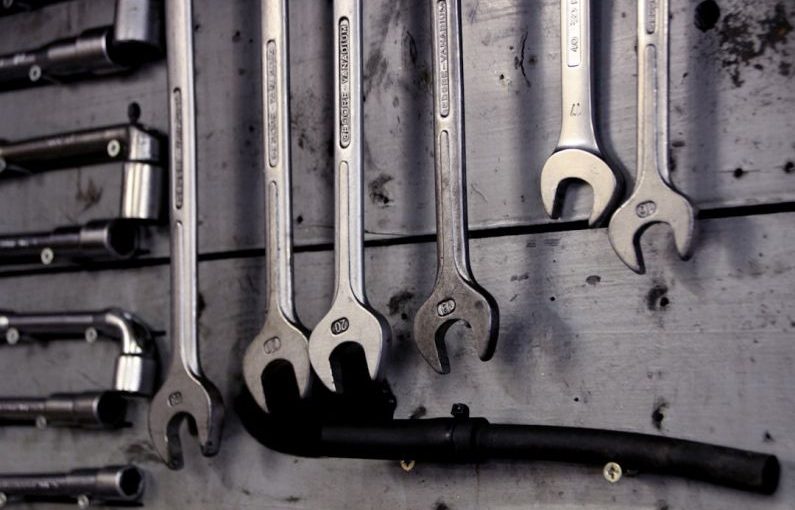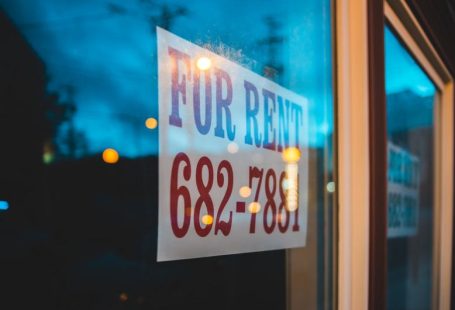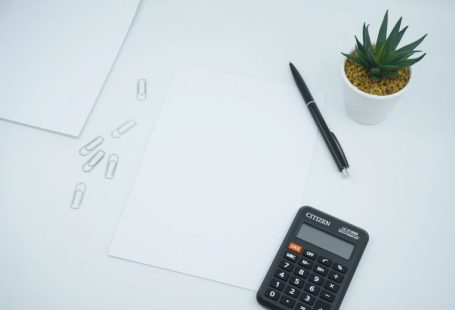When buying or selling a home, a crucial step in the process is the home inspection. This evaluation is designed to uncover any potential issues with the property that could affect its value or safety. While the results of a home inspection can sometimes be overwhelming, it’s essential to approach any problems that arise with a clear plan and a level head. In this article, we will delve into some common home inspection issues and provide tips on how to address them effectively.
Identifying Structural Concerns
One of the most critical aspects of a home inspection is evaluating the structural integrity of the property. Issues such as foundation cracks, roof damage, or termite infestations can significantly impact the value of a home. If any structural problems are uncovered during the inspection, it’s crucial to consult with a professional contractor to assess the extent of the damage and determine the best course of action.
Dealing with Electrical and Plumbing Problems
Electrical and plumbing issues are common findings in home inspections and can range from minor repairs to significant overhauls. Faulty wiring, leaky pipes, or outdated fixtures can pose safety hazards and lead to costly repairs down the line. If the inspection reveals any concerns with the electrical or plumbing systems, it’s essential to hire a licensed electrician or plumber to address the issues promptly.
Mold and Pest Infestations
Mold and pest infestations can be unsettling discoveries during a home inspection. Not only can these issues compromise the air quality of a home, but they can also indicate underlying problems such as water damage or structural weaknesses. If mold or pests are found during the inspection, it’s crucial to enlist the services of a professional remediation company to eradicate the problem and prevent future reoccurrences.
Environmental Hazards
Environmental hazards such as radon, asbestos, or lead-based paint can pose serious health risks to occupants of a home. If these substances are present in a property, it’s vital to address the issue promptly and take the necessary steps to mitigate the risks. Consulting with an environmental specialist can help determine the best course of action for remediation and ensure the safety of the home’s occupants.
Negotiating Repairs with the Seller
Once the home inspection is complete, and any issues have been identified, the next step is to negotiate repairs with the seller. In many cases, sellers are willing to address significant problems to avoid losing the sale. However, it’s essential to approach negotiations with a clear understanding of which repairs are necessary for the safety and integrity of the home and which are cosmetic or optional.
Seeking a Second Opinion
If you have concerns about the findings of the initial home inspection, it may be beneficial to seek a second opinion from another inspector. While this will incur an additional cost, it can provide peace of mind and ensure that no critical issues are overlooked. A second inspection can also help confirm the severity of any problems identified in the initial report and assist in determining the best course of action moving forward.
Conclusion: Approaching Home Inspection Issues Wisely
Dealing with home inspection issues can be a stressful and challenging process, but with a clear plan and the right professionals on your side, you can navigate these obstacles effectively. By identifying and addressing any problems that arise during the inspection, negotiating repairs with the seller, and seeking a second opinion if necessary, you can ensure that your home buying or selling experience is as smooth and successful as possible. Remember, knowledge is power when it comes to home inspections, so arm yourself with the information you need to make informed decisions and protect your investment in your home.





